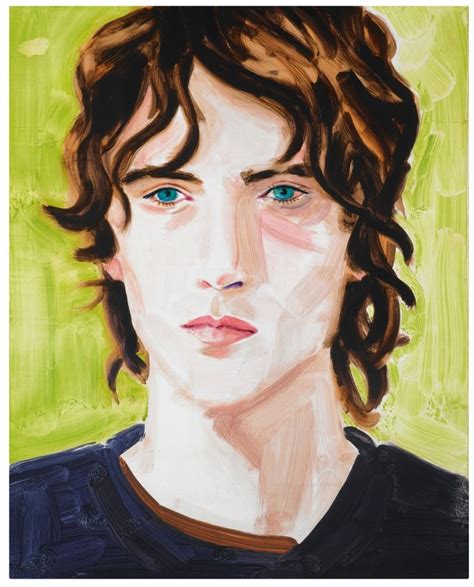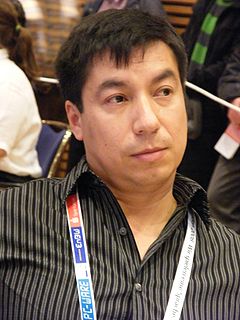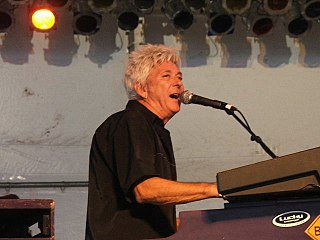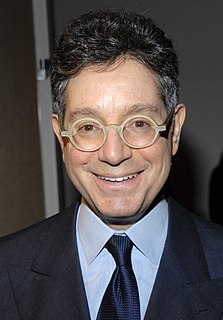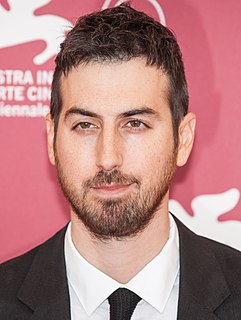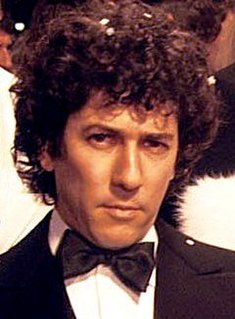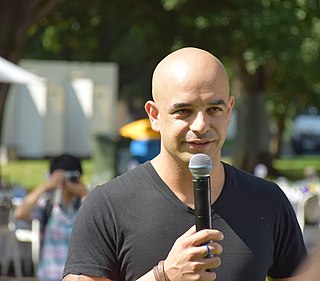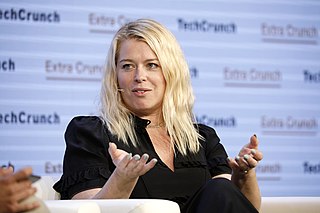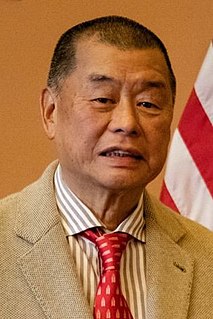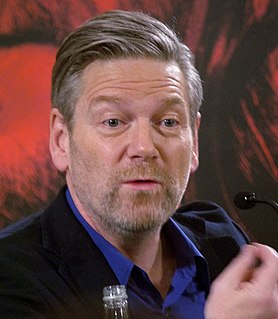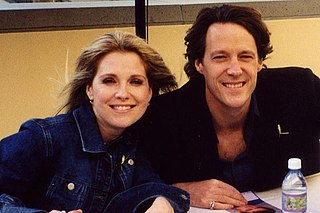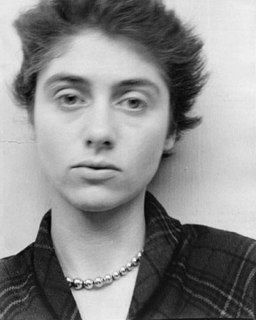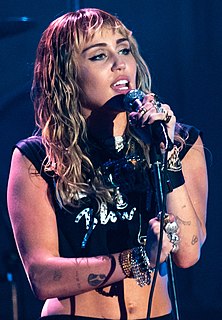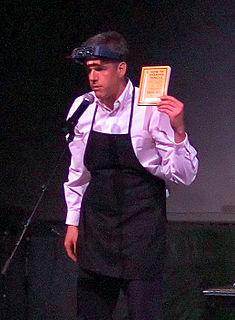A Quote by Elizabeth Peyton
The faces people make when they are photographed and the face they have when you draw them are very different.
Related Quotes
Street skating, which is what I grew up with, is completely free of rules. You can do anything. When I see a skater go by, I think, What is this person going to do here? It's the same with people who write, who make music, who draw, who make movies. Creative people tend to have all of those different avenues in them.
There are people - I think this is why there are so many commercial directors doing well in big studio movies, for whom it's not a personal choice - it's "What's the coolest, most effective way to make them laugh, make them scream?" It's a very calculated approach. And that's different. It's not better or worse. It's just a very different approach to filmmaking. That's always been the case.
